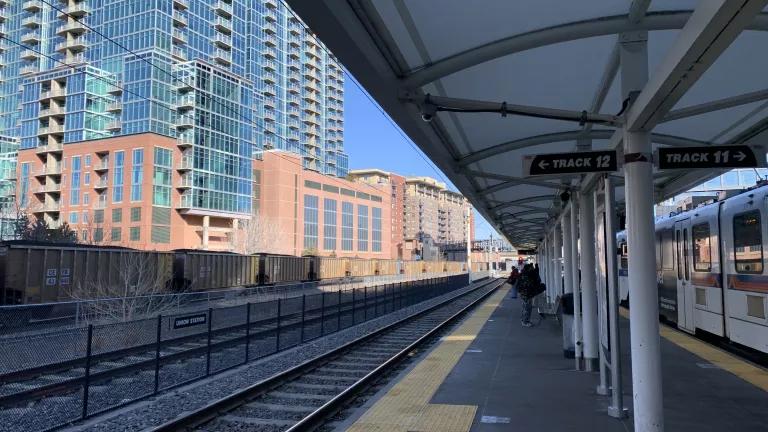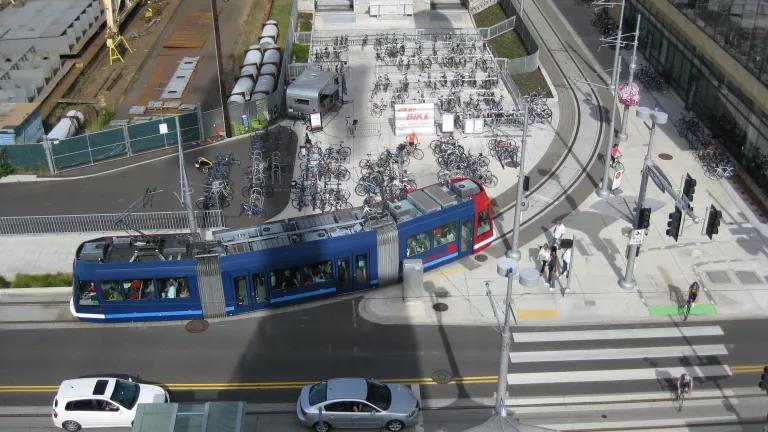San Diego Parking Reform Is a Win for Housing and Climate

We’ve known for a long time that abundant free parking isn’t all it's cracked up to be. Even if we individually rejoice at finding that coveted spot in front of our favorite coffee shop, the social costs of too much free parking are staggering. More parking means more driving. That affects our air quality, the safety of our streets, whether homes are affordable, and much more.
NRDC has long supported state and local policies to reduce the amount of parking mandated by local laws for everything from housing units to bowling alleys, to support more affordable, walkable communities with lighter carbon footprints and healthier streets.
That’s why we’re delighted to see San Diego Mayor Faulconer’s plan to reform how much parking the city requires in new residential buildings near San Diego’s busiest transit stops. This plan will go a long way towards curbing San Diego’s sky-high housing costs and achieving its commitment to the Paris Climate Agreement.
Why start with parking? Two reasons: parking is enormously expensive to build, and it creates a major incentive to drive. When builders are forced to provide more of it than residents need, it encourages San Diegans to drive rather than taking advantage of the city’s growing array of clean transportation choices.
A city report estimates that the city’s parking requirements add from $40,000 to $90,000 to the cost of a housing unit, which translates into thousands more a year in rent and mortgage payments.
But over half of San Diego renter households have either no car or one car. Renters shouldn’t be forced to pay this extra cost.
There are sometimes concerns that getting rid of these required minimums might lead to more cars hunting for street parking. The data indicate otherwise: city requirements force the overbuilding of expensive parking. The city surveyed over 30 locations in transit priority areas, and found that 9 out of 10 of the sites had fewer occupied spaces than are currently required, and downtown the parking occupancy rate was less than one car per unit, as many people don’t own cars there at all.
For all these reasons, we’re thrilled that the City Council of San Diego has approved Mayor Faulconer’s plan to right-size parking to spur more housing and make it easier to create walkable, transit-friendly communities for San Diegans.
As Mayor Faulconer told the Los Angeles Times this week: “We know that we need to increase our ability to produce housing that San Diegans can afford. So let's act like it.”




